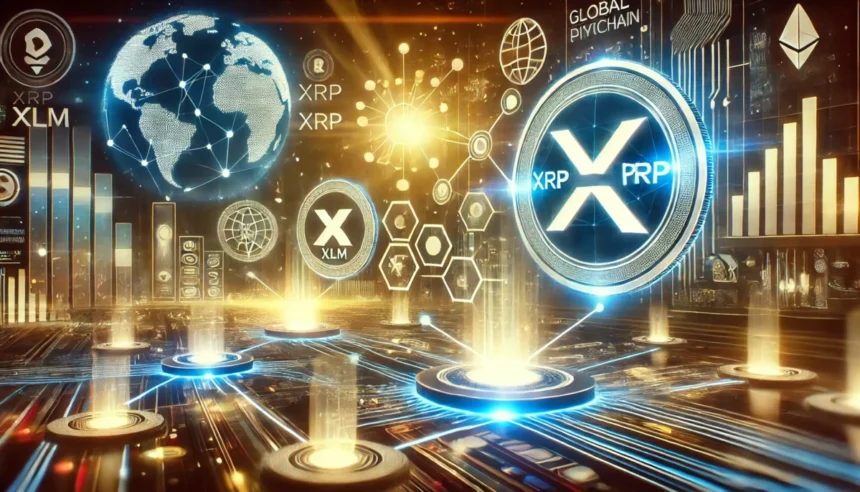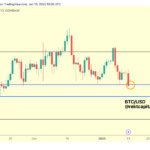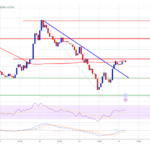
- XRP Ledger’s DeFi ecosystem offers yield opportunities like staking and liquidity pools, enabling passive income without selling XRP holdings.
- XRP’s speed, cost-efficiency, and DeFi innovations rival Ethereum, with community leaders urging holders to embrace new financial tools.
The decentralized finance (DeFi) ecosystem tied to Ripple’s XRP Ledger (XRPL) is seeing a quiet but powerful shift. Crypto analyst Cypress Demanincor has called on XRP holders to explore the wealth of yield opportunities that are now available without selling their tokens.
For years, XRP holders focused on holding, or “hodling,” as they waited for market conditions to swing in their favor. Demanincor noted that many in the community are unaware of the burgeoning DeFi tools on XRPL, which include staking, liquidity pools, and yield farming.
That gap in awareness comes despite Ripple’s native token climbing over 240% in value year to date, boosted partly by favorable market conditions and regulatory optimism.
Brad Garlinghouse, Ripple’s CEO, has been a vocal advocate for XRP’s role in the DeFi world. He emphasized how decentralized exchanges (DEXs) and liquidity tools on the XRPL expand financial opportunities while aligning with the global trend toward decentralization.
Ripple’s DeFi Surge – Outshining Ethereum?
Ripple’s technological edge has enabled token holders to tap into DeFi innovations that rival Ethereum’s established ecosystem. Markus Infanger, a senior executive at Ripple, has urged XRP investors to utilize these mechanisms, pointing out the rewards of actively engaging with DeFi rather than passively holding tokens.
David Schwartz, Ripple’s Chief Technology Officer, highlighted XRP liquidity pools as a prime example of the ecosystem’s growth. He explained how contributing tokens to these pools generates passive rewards, creating a win-win for both participants and the larger DeFi framework.
We have to understand that there are people that might not think $XRP price will go up long-term, but they are here to seek yield and invest in the liquidity Pool economic revenue system.
David Schwartz “we are hoping the liquidity providers are who drive the adoption of the…
— Andrew De'Vilbiss (@DrewDeVilbiss) December 22, 2024
Warren Anderson, a former Ripple employee, has also been working to expand staking options for XRP, making DeFi more accessible to the community. XRPL advocate Jazzi Cooper has pointed out that the XRP Ledger was designed from the start with DeFi capabilities in mind, showcasing its pioneering role in the crypto space.
XRP Paves the Way for DeFi
Demanincor noted a historical milestone often overlooked: XRPL was the first blockchain to integrate decentralized exchange functionality, highlighting its readiness to support a thriving DeFi ecosystem. This foundation has matured significantly, with 2024 marking a pivotal year as XRP holders began accessing passive income opportunities without needing to liquidate assets.
Ripple’s real-world advantages further bolster its DeFi prospects. Transactions on Ripple are processed in seconds, with costs as low as 0.00001 XRP—fractions of a cent. By comparison, traditional systems like SWIFT take days to settle payments and often incur fees between $35 and $50. That speed and cost-efficiency make XRP a viable bridge currency.
Leaders in the ecosystem continue urging the XRP Army to explore yield-generating tools to maximize their holdings. Demanincor believes 2025 could mark the start of long-term financial rewards for those who embrace XRPL’s DeFi potential, with benefits stretching into 2030 and beyond.






